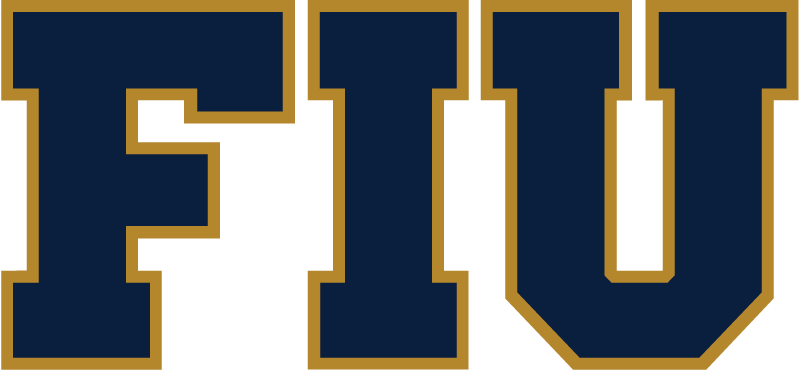Unlikely Beginnings
In 1965, Florida Senator Robert M. Haverfield introduced Senate Bill 711, which instructed the state Board of Education and the Board of Regents (BOR) to begin planning for the development of a state university in Miami.
An abandoned airfield is an unusual place for the birth of a university. But in the summer of 1969, founding ΩÒ»’∫⁄¡œ president Chuck Perry gathered three leaders who would help him create his vision.
Butler Waugh, Donald McDowell and Nick Sileo joined the 31-year-old Perry at Tamiami Airport and set up shop in the former air traffic controllers' tower. The tower had no phones, no drinkable water and no furniture. President Perry decided that the control tower should never be destroyed and so it remains standing today at the center of campus, as ΩÒ»’∫⁄¡œ's Ivory Tower.
From that single building on that abandoned airfield, ΩÒ»’∫⁄¡œ has grown to be one of the largest universities in the country. The spirit of entrepreneurship born on that summer day thrives at today's ΩÒ»’∫⁄¡œ.



